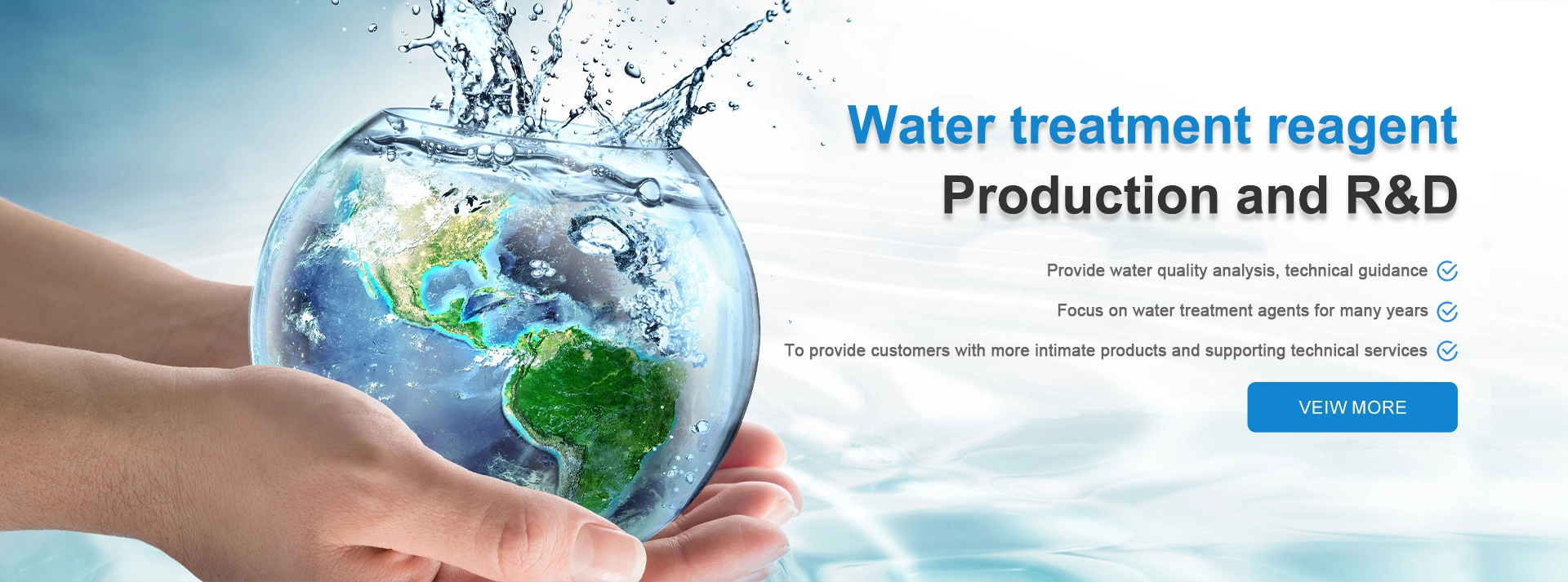Zinc HEDP Application and Benefits in Water Treatment Processes
Zinc HEDP A Comprehensive Overview
Zinc HEDP, or Zinc Hydroxyethylidene Diphosphonic Acid, is a chemical compound that plays a crucial role in various industrial applications, primarily in water treatment and corrosion inhibition. As an effective stabilizer and sequestering agent, Zinc HEDP has gained popularity due to its versatility and efficacy.
Chemical Structure and Properties
Zinc HEDP is a complex of zinc ions with HEDP, which is a phosphonic acid derivative. The presence of both zinc and phosphonic groups in its structure offers unique properties that are beneficial in treating water systems. Its molecular formula is typically represented as C2H8O7P2Zn, indicating a composition that incorporates zinc along with multiple phosphonate groups. This structure is responsible for its ability to bind and stabilize metal ions, thus preventing precipitation and scale formation.
Zinc HEDP A Comprehensive Overview
One of the primary applications of Zinc HEDP is in the treatment of industrial water systems, particularly in cooling water and boiler systems. These systems are prone to scale formation due to the presence of various metal ions such as calcium and magnesium. Zinc HEDP acts as an effective chelating agent, binding to these metal ions and preventing them from forming insoluble precipitates. This property helps maintain the efficiency of heat exchangers and reduces the risk of costly downtime due to maintenance issues.
zn hedp 锌hedp

In addition to preventing scale, Zinc HEDP is also effective in corrosion inhibition. Corrosion is a significant challenge in many industrial settings, leading to equipment degradation and increased maintenance costs. Zinc HEDP helps form a protective layer on metal surfaces, reducing the rate of corrosion and extending the lifespan of equipment. This dual action makes it an invaluable component in water treatment formulations.
Environmental Impact and Safety
The use of Zinc HEDP is subject to environmental considerations, especially in the context of aquatic toxicity. However, many studies have shown that when used appropriately, Zinc HEDP poses minimal risks to the environment. Its biodegradability and low eco-toxicity profiles make it a preferable choice compared to other chemical alternatives. Additionally, as industries increasingly adopt eco-friendly practices, Zinc HEDP aligns well with sustainability goals while maintaining efficiency in water treatment processes.
Conclusion
In summary, Zinc HEDP represents a vital chemical compound with significant implications for water treatment and industrial applications. Its ability to inhibit scale formation and corrosion not only enhances operational efficiency but also contributes to the longevity of equipment across various sectors. As industries continue to seek effective and environmentally friendly solutions, Zinc HEDP stands out as a solid option that meets both performance and sustainability criteria. As research and development in this area progress, we can anticipate even more innovative applications and improved formulations that leverage the benefits of Zinc HEDP in a wide range of industrial contexts.
-
Understanding Polycarboxylic Acids: Properties, Applications, and Future PotentialNewsJul.28,2025
-
Scale Inhibitor Explained: How to Protect Your System from Limescale and Hard Water DamageNewsJul.28,2025
-
Scale and Corrosion Inhibitors: Essential Chemicals for Industrial Water System ProtectionNewsJul.28,2025
-
Polyaspartic Acid: A Biodegradable Polymer for Sustainable ChemistryNewsJul.28,2025
-
Isothiazolinones: A Versatile Antimicrobial Class with Industrial Power and Regulatory ChallengesNewsJul.28,2025
-
A Deep Dive into 2-Phosphonobutane-1,2,4-Tricarboxylic Acid (PBTC)NewsJul.28,2025





